3 meditation practices for when you don’t like meditation at all
With the frenetic pace of today’s modern world, it can be easy to get caught up in always worrying about the future. Instead of living for the moment, we’re constantly occupying our minds with anxieties and preoccupations about meeting deadlines, making plans and cramming as much life into our lives as possible.
While that might be good for productivity, it can be an unsustainable way of living that leads to burnout, fatigue and poor mental health. That’s where meditation comes in; through slowing down our cognitive processes, and bringing ourselves back into our own bodies by focusing on our breathing in the here and now, we can refresh, revitalize and re-energize.
The benefits of practicing meditation and mindfulness are varied and well-documented. Having said that, many people struggle to access those benefits. Whether they find it difficult to change gears and slow down their thoughts, whether they believe they’re not good at meditation or whether they simply find the practice a little dull, there are myriad reasons why it can be tricky to engage at first.
If that sounds familiar to you, you’ll be happy to know there are some things you can try to get round the problem. Breathwork is a powerful technique that has demonstrated incredible results for countless people, but sometimes a helping hand is needed to point you in the right direction. In this instance, a guided meditation, which can direct your breathing and keep your thoughts in check, could be a solution.
However, even this is not enough to overcome the obstacles that some experience when trying to practice meditation and achieve mindfulness. Again, if that’s something you can relate to, you shouldn’t despair or resign yourself to the fact that meditation is not for you. In fact, meditation can take many forms and guises, so if traditional techniques don’t work, why not try one of the following three alternatives:
1) Take a mindful walk through nature
Most people associate meditation with stillness, both of the body and the mind. While that can be a fair interpretation of the practice, it doesn’t have to be intrinsically linked to inertia. You can still achieve a meditative state while your body is active and walking is the perfect opportunity to practice this.
To do so, immerse yourself in nature. If you live in the countryside, this may be easier than for those in towns or cities. Perhaps you’re lucky enough to have an expansive park or forest nearby, or may you’ll have to travel further afield to find yourself surrounded by greenery and wildlife. If that’s the case, set aside time to do so, since there is a huge body of scientific evidence outlining the benefits that Mother Nature can bestow.
When mindfully walking, make a conscious effort to focus on the sensations that your body experiences in these surroundings. How does the earth feel under your feet? What aromas can you smell? Which colours catch the eye most vibrantly, and what sounds are emanating from the plants and animals around you? Also take the time to notice how these sensations affect your mood, your mind and your heart in the moment.
Of course, it’s only natural that you might find your thoughts slipping back to their old routine of contemplating past events and anticipating future ones. If that happens, acknowledge it – without judgement – and gently guide your focus back to the environment around you. You’ll feel much calmer, more grounded and better equipped to deal with your day-to-day business afterwards.
2) Slow down to half-speed
As well as walking through nature, meditation can also be performed through any number of other activities if you slow down your pace and take the time to concentrate on individual actions. Slowness can be beneficial to breathwork itself, but it’s also advisable to take a break from the hectic pace of life in other areas of our daily routines, too.
The beauty of this practice is that it can be adapted to pretty much any daily activity. Whether it’s brushing your teeth or showering in the morning to eating a meal, you’ll be surprised at how effectively operating at half-speed sharpens the mind. Instead of occupying yourself with mechanically performing the action as fast as possible and moving onto the next one – whilst simultaneously thinking about a million and one other concerns – your attention will be fully focused on the task at hand.
Take your morning routine, for example. Concentrate on stepping into the shower more slowly than you normally would, allowing the sensations of the cascading water to fully impact your body. Lather the shower gel or shampoo onto your skin or hair with deliberation and care, taking time to massage the product into your body. Try not to let your thoughts drift away from the physical actions you’re performing.
When drying off, towel your body slow and methodically. Deliberate over the choice of garments you’ll wear that day and fully experience the sensation of the material on your skin as you put each one on. If this feels alien to you at first, you can start by setting aside just one minute for half-speed actions each day, then slowly work up to five, ten and 15 minutes of meditative activity.
3) Try this compassion exercise
One of the most common complaints of those who struggle to properly learn breathwork is that they cannot keep their mind fixed on the mere ingress and exit of air from their lungs. If you find that your thoughts need something more tangible to hang on, you can try this simple exercise aimed at expanding your compassion by appreciating the happiness of others.
Start by thinking about one thing which would make you very happy, then fully imagine the joy that you would experience if it came to pass. Really savour the emotions and imagine what you might do to celebrate. What’s the first thing you’d do? Who would you discuss the news with? Linger over the exercise, exploring all aspects of it.
When you’re ready to move on, repeat the process but this time for someone you love. Imagine an occurrence that would make them happy, then visualise their face as they realise their dreams. Try to access their feelings and feed off them, fuelling your own contentment through theirs. After you’ve fully exhausted this avenue, do the same again, for an acquaintance with whom you’re familiar but not intimate, before imagining the same series of events for a complete stranger.
If you’re able to appreciate the joy and happiness of others, including those to whom you have zero emotional attachment, you’ll soon begin to see the light in life all around you. This is a sure-fire method of enhancing your positivity and tapping into your inner happiness – and soon enough those good feelings will become contagious for the people around you, as well.
Taking the next step
Any of the above practices are excellent introductions to the discipline of meditation and mindfulness for those who really don’t enjoy sitting still and concentrating solely on breathwork – or for those who simply want to try something new. If you are able to incorporate these habits into your daily routine on a regular basis, they will soon pass from being a chore into a pleasure.
When that happens, you’ll already have noticed the plentiful advantages that a more meditative way of life can bring to your physical, mental and spiritual well-being. If that’s the case, you’re now ready to explore the discipline in more detail. The next step may involve taking an introductory course, such as this 7-Day Essentials Course, which combine the most important aspects of body, breathwork and meditation training.
If you think you don’t like meditation, but still want to experience all of the positive consequences that a more meditative lifestyle yields, do not give up hope. The paths towards inner peace and individual happiness are manifold and can vary depending on each person. Hopefully, these activities can help you find yours. Namaste.

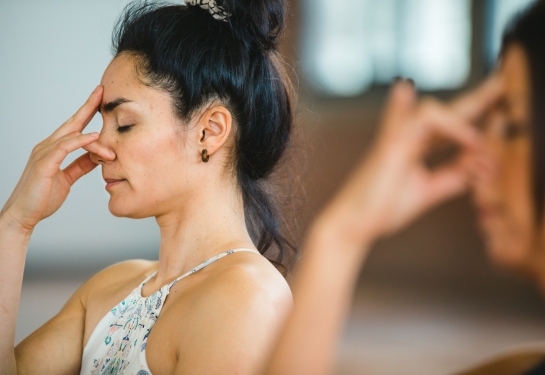




.jpg)


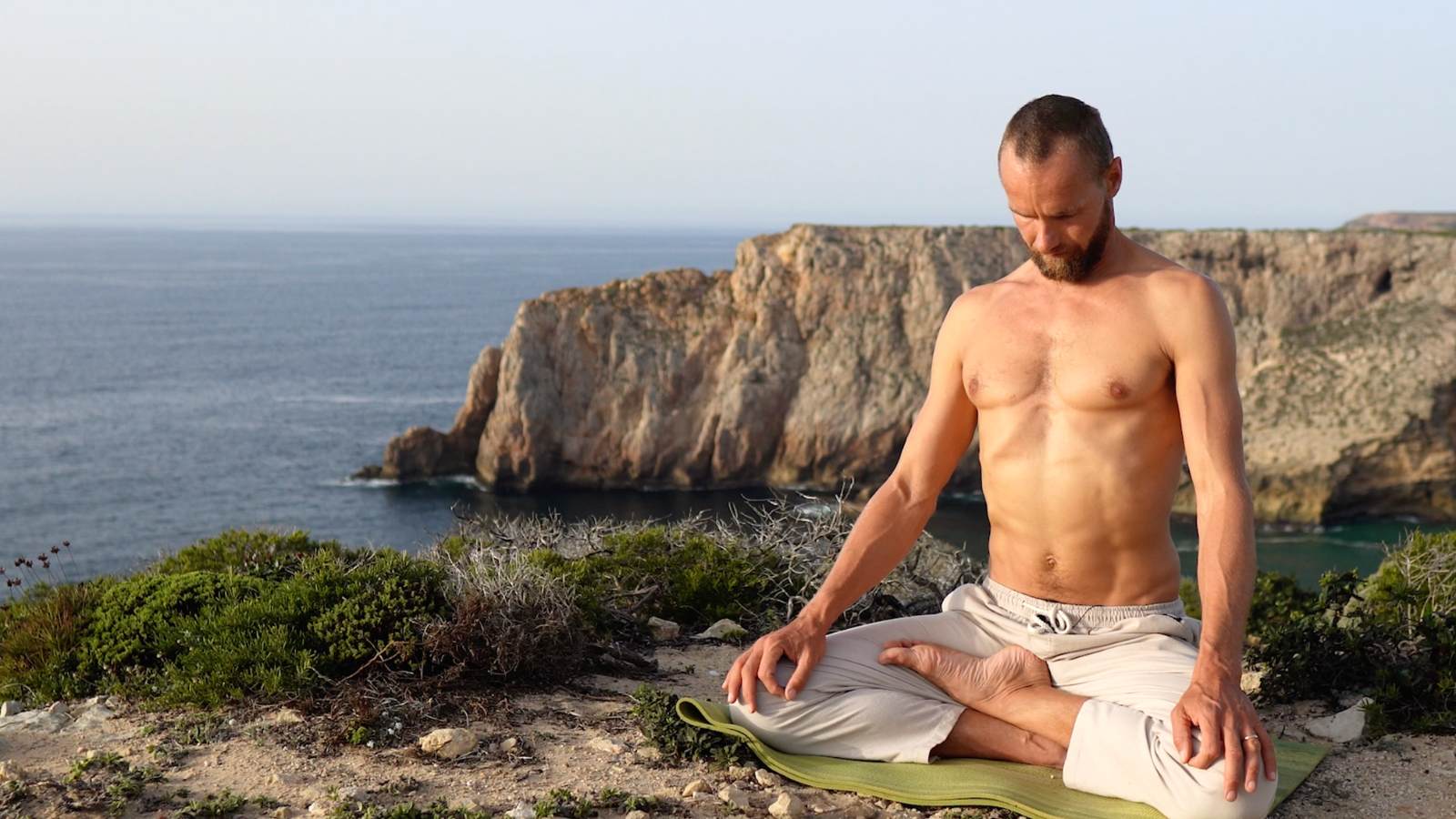

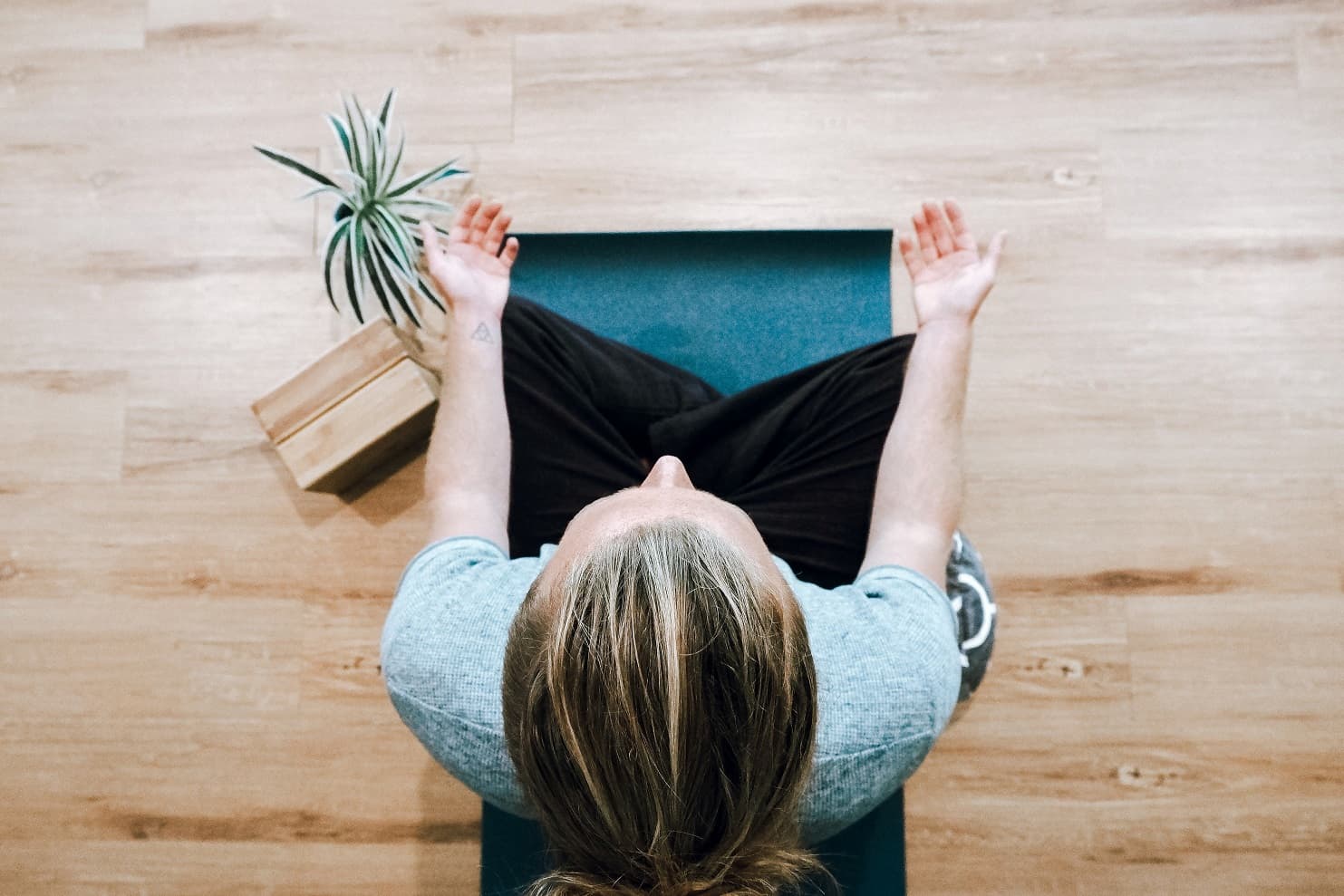

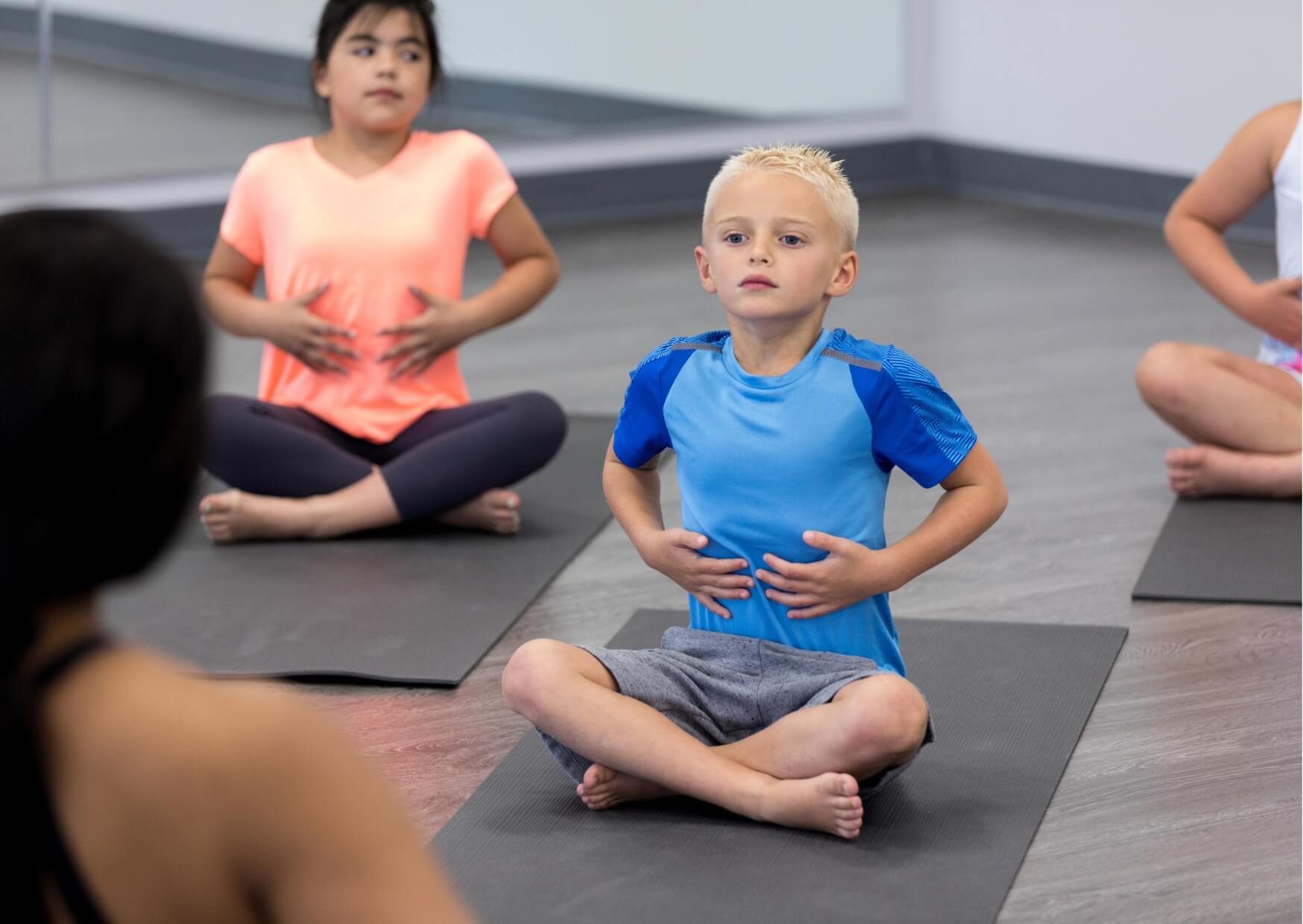


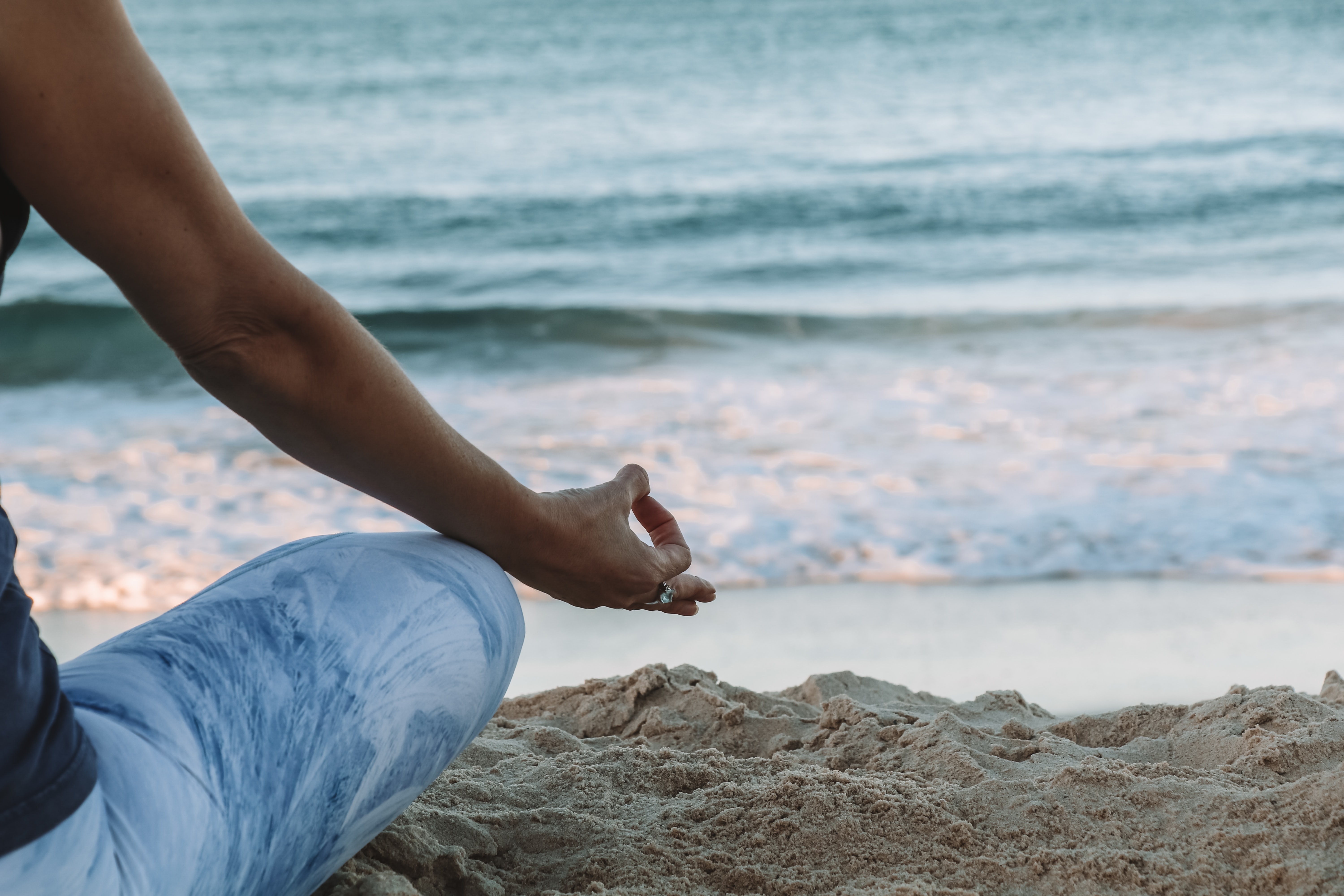
.jpg)

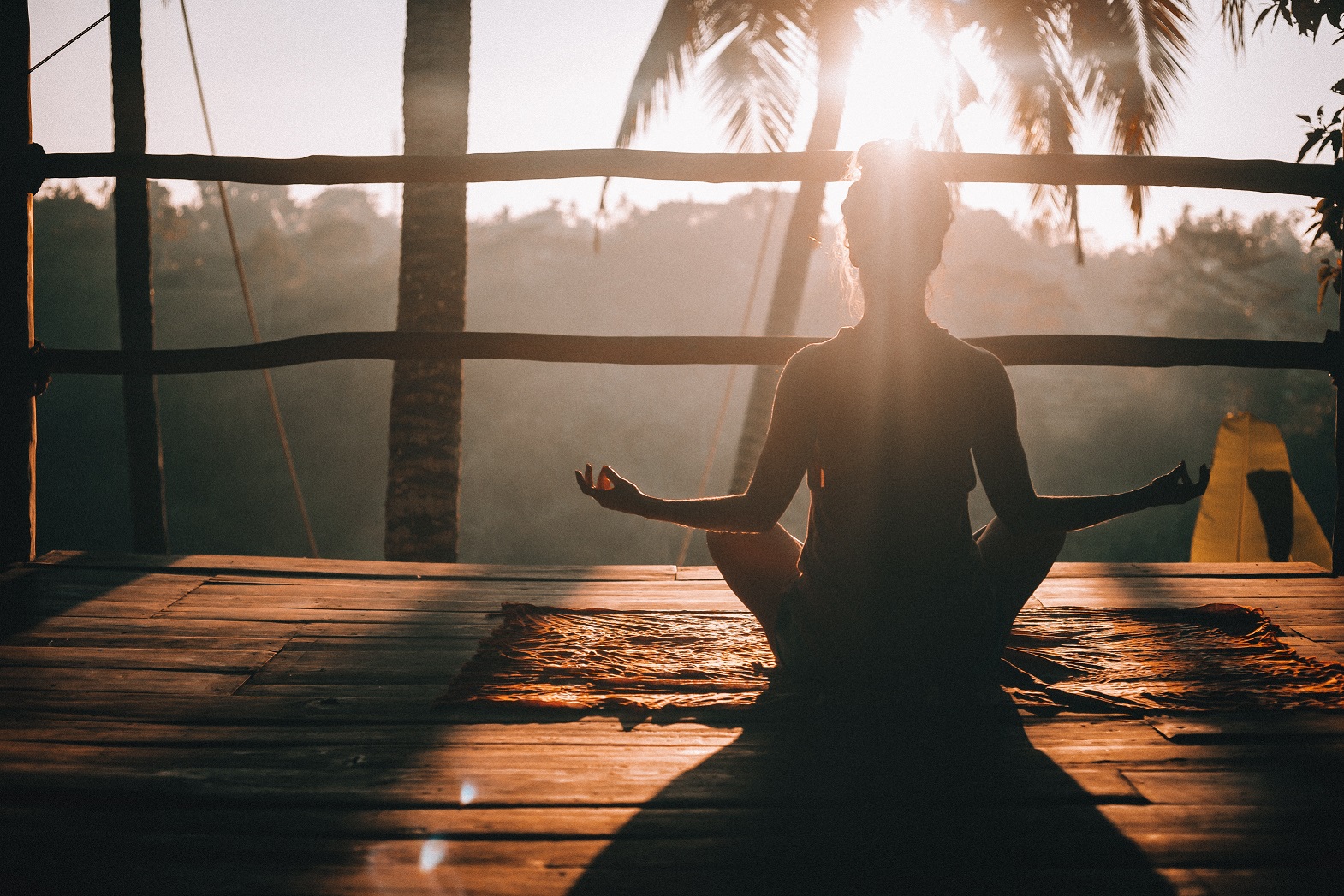
.jpg)